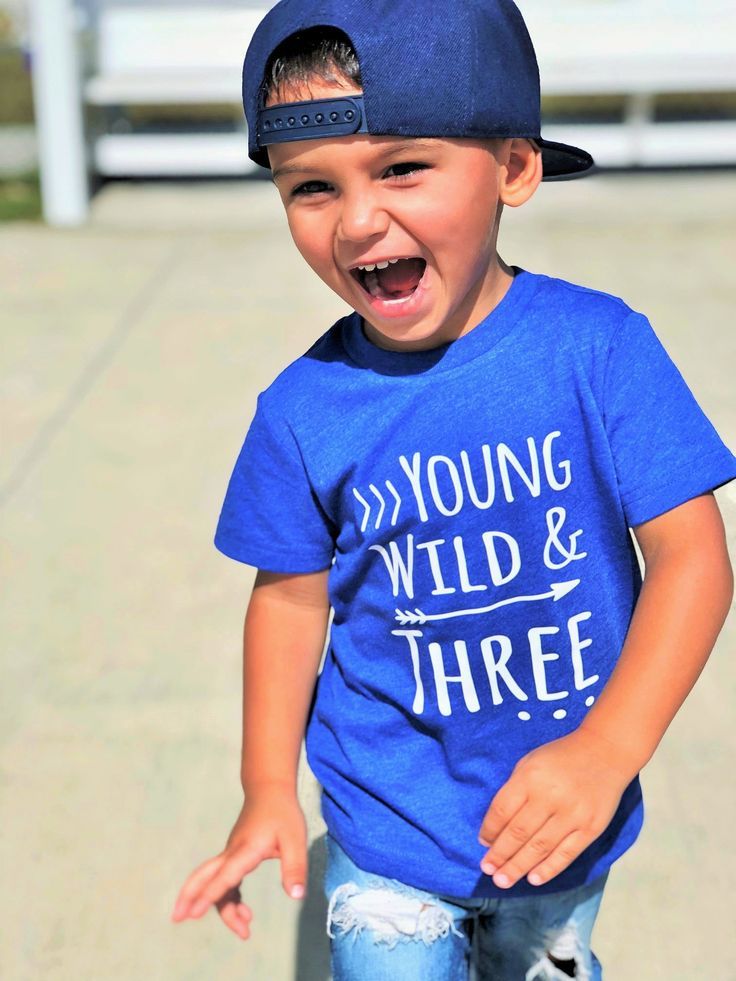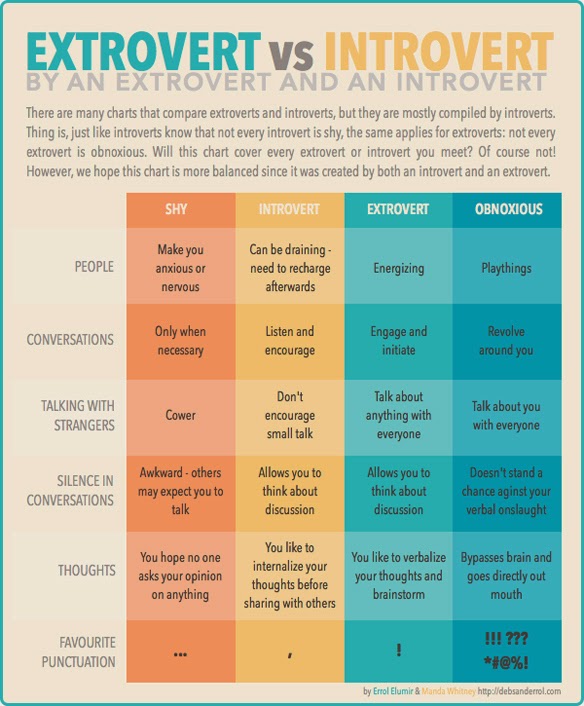3 year old monster
10 Tips to Battle Toddler Fear & Bedtime Monsters
Home / Toddlers / 10 Tips to Battling Toddler Fear and Other Bedtime Monsters
by Kimberly in Toddlers —
The following is a guest post from Dr. Kaylene Henderson.
I once heard that young children are hardwired to dream about frightening, child-eating creatures. Apparently it’s an evolutionary advantage to have had a few practice runs before being chased by a real saber-tooth tiger. These nightmares affect 50% of children and occur most often in the 3-6 year age group. Children’s brains have adapted to modern times though so instead of saber-tooth tigers it is now monsters which haunt our young children at night since these are the threatening figures that our little ones are exposed to in books and television shows.
The ways in which your child might express their night-time fears will depend on how often they’re frightened and on their age and language skills. Perhaps your child has become an expert in delaying tactics as bedtime approaches. Or does your little one start to panic as you tuck them in under the covers? Maybe you have a regular night-time visitor clambering up into your bed? My oldest child who was aged two at the time would wake screaming in the middle of every night. It was only after many months of this that we realized that her fear of sleep was a result of the monsters who visited her in her dreams, threatening to devour her.
If, as I was, you are battling your child’s bedtime fears, here are ten helpful tips that I have learnt from my dual roles as a Child Psychiatrist and as an experienced monster-battling mother:
-
Be aware of what your toddler is exposed to.
Children learn so much from books and television yet don’t have the experience to know what is real and what themes are fantasy. To make matters worse, children’s movies and stories are often filled with monsters, child-eating wolves and murderous (and horribly misrepresented) step-mothers.

-
Don’t ever let anyone threaten your child with “the bogeyman” coming for them.
It’s false and just plain mean.
-
Each bedtime engage your toddler in the same, predictable, wind-down routine.
This will help them manage any anticipatory anxiety they might have.
-
If it helps them to feel braver, allow your child to have a dim night-light or a torch in their bedroom.
See The Baby Sleep Site’s article for more ideas about night lights, and some recommendations for the best ones for sleep.
-
It’s important to acknowledge that even though monsters are not real, your toddler’s fear is very real.
And real fear needs to be met with real comfort, even in the middle of the night.
-
Some parents seem to have success with “magical monster repellent spray.”
But, this option never sat well with me. I preferred to be honest with my daughter, reassuring her that monsters did not exist and that her bedroom was a safe place.
 Similarly, repeated checking in her cupboards or under her bed or putting signs up prohibiting monster visitors would simply have confirmed for her that she was in real danger.
Similarly, repeated checking in her cupboards or under her bed or putting signs up prohibiting monster visitors would simply have confirmed for her that she was in real danger. -
Instead, teach your child about dreams by letting them know that dreams are just our ideas while we’re asleep.
Ideas cannot hurt us nor can they make something magically happen. To prove this, try playing a game with your child in which you both take turns thinking about something with your eyes closed, then open your eyes to check whether just thinking about it made it real. It can go like this: (You, with eyes closed) “An ice-cream”, (open your eyes), “Shame – no ice-cream. Just thinking about it didn’t make it real.” After you’ve taken turns with this, you can try some less fun ones such as “Getting my finger caught in the door” or if your child doesn’t seem too anxious, “A monster on the couch”.
-
By day, storytelling is a wonderful therapeutic tool.
For children who are afraid of the dark or scared of monsters, the story should aim to shift the child’s attitude towards the monsters or the darkness through some event which isn’t compatible with fear.
 An example would be telling a story which ends with your child making friends with the feared monster.
An example would be telling a story which ends with your child making friends with the feared monster. -
Art is also an amazing communication tool and another great medium to help children overcome strong feelings.
Having your child draw their fears for you (even if it looks like toddler-scribble) can be really helpful as you try to understand what’s happening for them. Seeing the drawn version of their scary monster with you, their big brave grown-up, by their side can also help children feel braver.
-
Lastly, see through the exhaustion for the opportunity this provides.
If dreams are meant to prepare your child if ever they should meet a real-life ‘monster’, wouldn’t it be wonderful if one of the lessons they learnt is that you’ll be there for them joining them in battle.
Good luck and sweet dreams!
Dr. Kaylene Henderson is a Child & Adolescent Psychiatrist and Founder of Little Children Big Dreams which provides online help for children who are afraid of the dark or scared of monsters.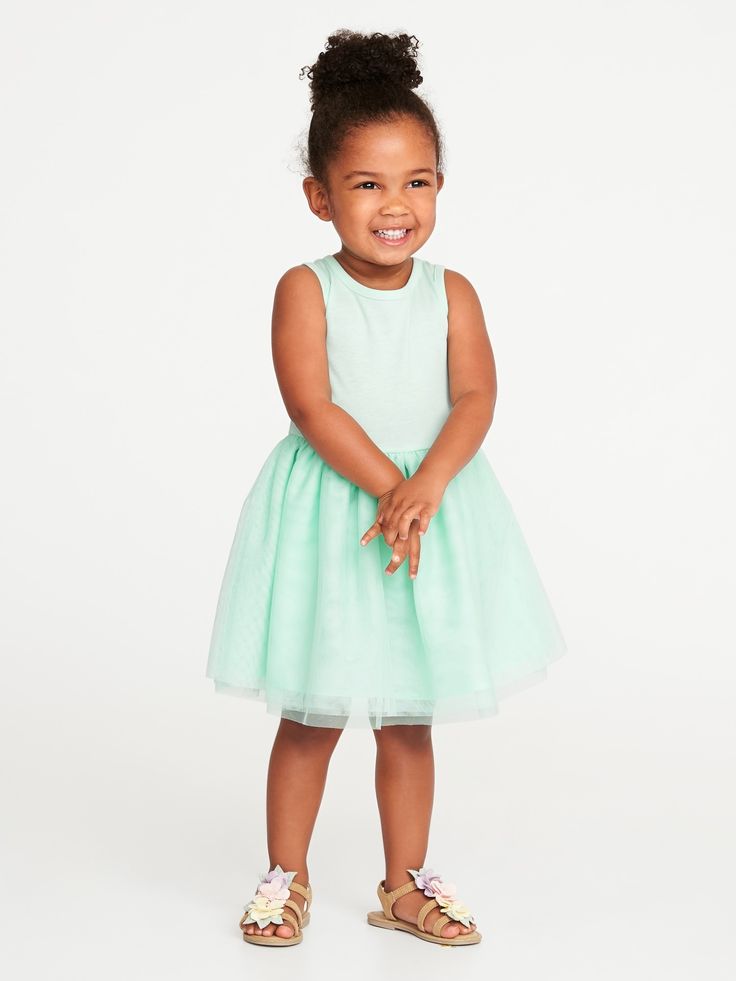 Little Children Big Dreams offers personalized printable stories and parent guides to help children beat their fears of monsters or fears of the dark and sleep better at night. Parents are also invited to read Dr. Kaylene Henderson’s blog and Little Children Big Dreams Facebook page providing free access to parenting tips and Child Psychiatry information.
Little Children Big Dreams offers personalized printable stories and parent guides to help children beat their fears of monsters or fears of the dark and sleep better at night. Parents are also invited to read Dr. Kaylene Henderson’s blog and Little Children Big Dreams Facebook page providing free access to parenting tips and Child Psychiatry information.
The Baby Sleep Site® is a participant in the Amazon Services LLC Associates Program and other product affiliate programs. If you click on a product link and make a purchase, The Baby Sleep Site® may (but not always) receive a small commission from the company selling the product, but will not affect your purchase price. We only recommend products that we believe are quality products and are good for our readers.
If you are tired of wading through stacks of baby sleep books that just aren't working, if you are beyond exhausted and just can't solve your child's sleep problems on your own.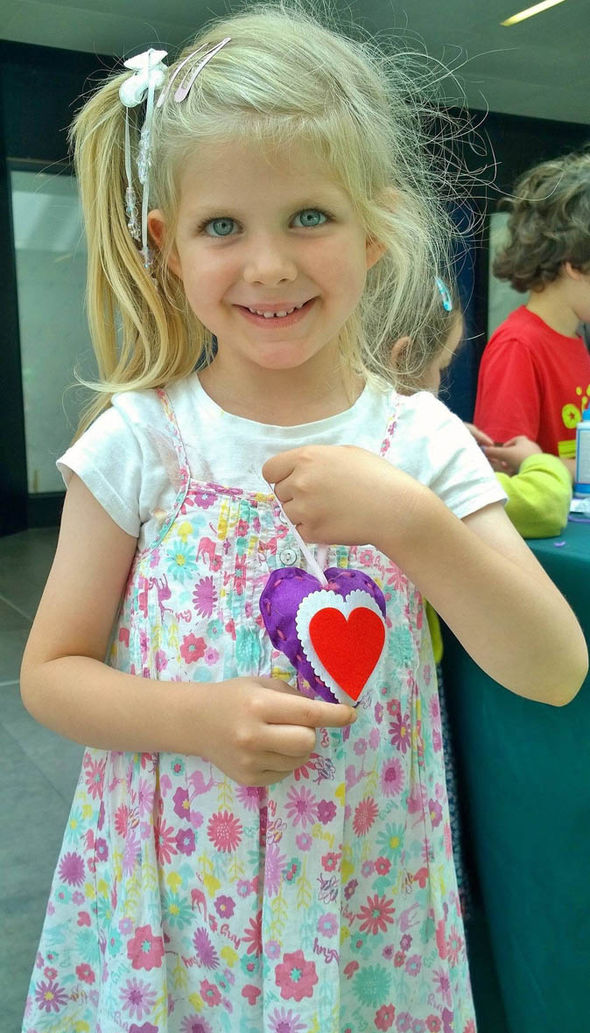 ..then personalized sleep consulting is for you. We have been around since 2008 and invite you to tap into our MANY years of experience. Our team of expert consultants will create a Personalized Sleep Plan® just for your family and then support you through every step of implementing your plan. We encourage you to consider our personalized, one-on-one baby and toddler sleep consultation packages if you want to see real, meaningful results now. Your consultation package also includes ample follow-up help, designed to help you troubleshoot problems and tweak your plan as needed.
..then personalized sleep consulting is for you. We have been around since 2008 and invite you to tap into our MANY years of experience. Our team of expert consultants will create a Personalized Sleep Plan® just for your family and then support you through every step of implementing your plan. We encourage you to consider our personalized, one-on-one baby and toddler sleep consultation packages if you want to see real, meaningful results now. Your consultation package also includes ample follow-up help, designed to help you troubleshoot problems and tweak your plan as needed.
Learn More About Services
For those persistent nighttime struggles, check out The 3 Step System to Help Your Baby Sleep. Using the same unique approach and practical tools for success, this e-book helps you and your baby sleep through the night.
Learn More About The 3-Step System
If you’re looking for ways to get your baby or toddler into a healthy sleeping routine during the day, explore Mastering Naps and Schedules, a comprehensive guide to napping routines, nap transitions, and all the other important “how-tos” of good baby sleep.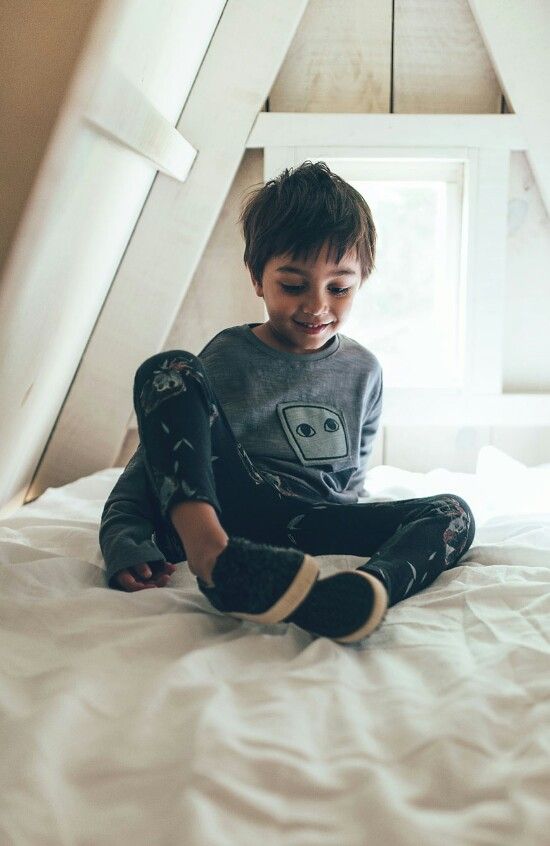 With over 45 sample sleep schedules and worksheets, Mastering Naps and Schedules is a hands-on tool ideal for any parenting style.
With over 45 sample sleep schedules and worksheets, Mastering Naps and Schedules is a hands-on tool ideal for any parenting style.
Learn More About Mastering Naps
For those persistent toddler sleep struggles, check out The 5 Step System to Help Your Toddler Sleep. Using the same unique approach and practical tools for success, this e-book helps you and your toddler sleep through the night and enjoy a better daytime schedule.
Learn More About The 5-Step System
Join our VIP Members Area packed with exclusive content and resources: e-Books, assessments, detailed case studies, expert advice, and more. As a VIP member, you'll also enjoy a weekly chat with an expert sleep consultant.
Learn More About VIP Membership
In over 10 years, we have over 10,000 comments on our blog.
At this time, we’ve turned the comment sections off.
We would, of course, love to hear from you! For help with your specific sleep problems, please learn more about our DIY resources or our sleep consultation services. Or, consider emailing us for a fast and helpful response!
10 Ways to Deal When Your Child Turns Into a “Monster” / Bright Side
Children are the reflection of their parents, but sometimes it’s hard to believe that we have anything to do with their emotional outbreaks. Recognizing the patterns of a child’s behavior and dealing with them can be quite a task, even for experienced parents. However, facing the problem and fixing it can help build a strong emotional connection between you and the child, and boost their problem-solving skills.
Bright Side understands how challenging and frustrating children’s behavior can be, so we found out what techniques can help you come to terms with even the naughtiest child.
1. Show to your child the connection between their behavior and its consequences.
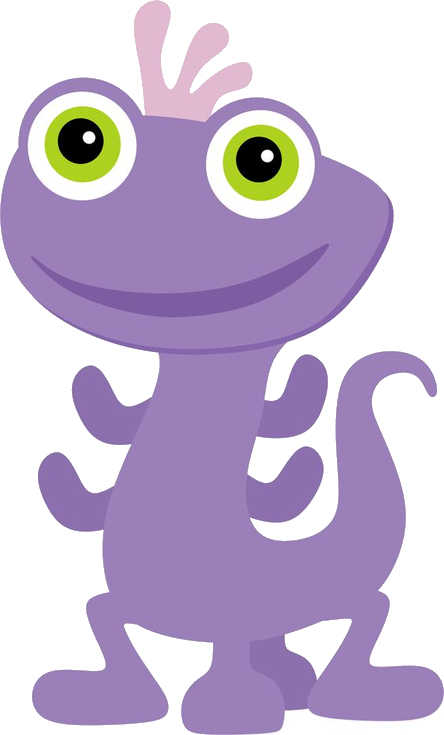
Children have to see the natural consequences of their behavior to realize that they have done something wrong. This technique helps the child understand how the world works and makes them more independent in being able to foresee the consequences of their own actions.
How this works: Parents shouldn’t try to prevent natural things that have been caused by the child’s behavior from happening. However, it doesn’t mean that they should just let it go, especially when the child’s behavior becomes dangerous. Parents shouldn’t try to act like the bad guys or show their superiority to the child. It’s important to be supportive and be ready to deal with the outcome of a child’s behavior.
Examples:
- If the child refuses to eat their lunch, they’ll have to stay hungry until dinner.
- If the child acts like a bully, no one will want to play with them until they apologize.
2. Let your children learn from their mistakes.
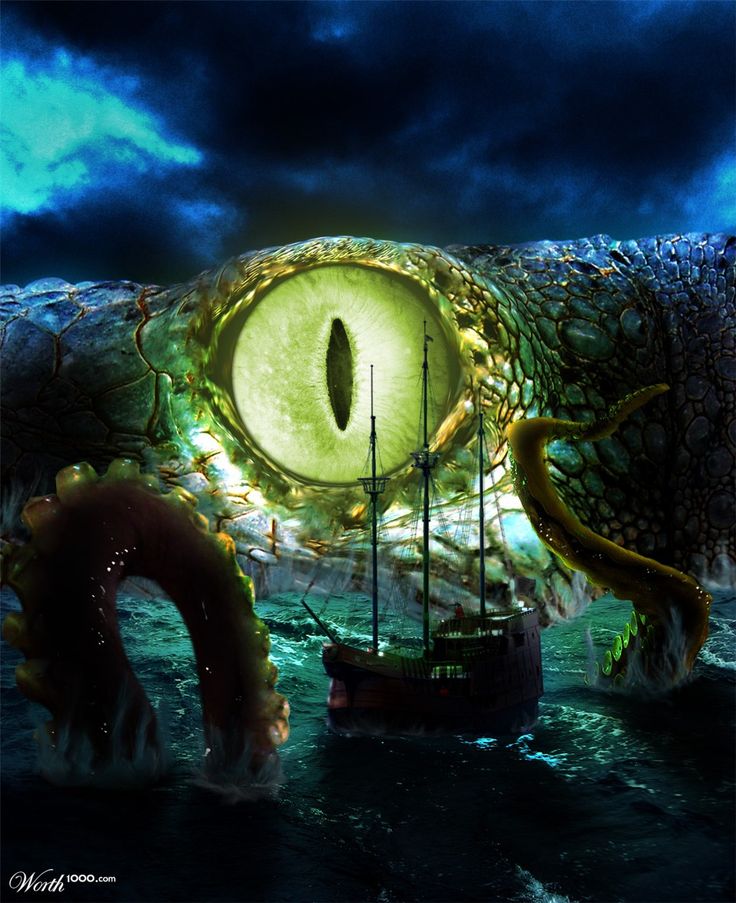
Parents can be overprotective sometimes, so it’s important to teach the child to fix the consequences of their behavior and learn from that experience. Besides, some children may get defensive when their parent starts telling them off, tries to invoke shame, or tries to make the child feel humiliated.
How this works: This technique is a deeper version of the previous one, since it requires the children to be able to fix their mistakes themselves. Parents should help children to process their emotions and give them a hand if it’s needed. But they shouldn’t interfere too much: the aim is to moderate the appropriate response from the child. For example, they can politely ask for help, apologize, etc.
Example: The deadline for the school assignment is supposed to be tomorrow, but the child hasn’t put in enough effort to finish their work on time. Instead of staying up late and helping the child with their homework, their parents should let them get the bad grade and find out how to fix the situation.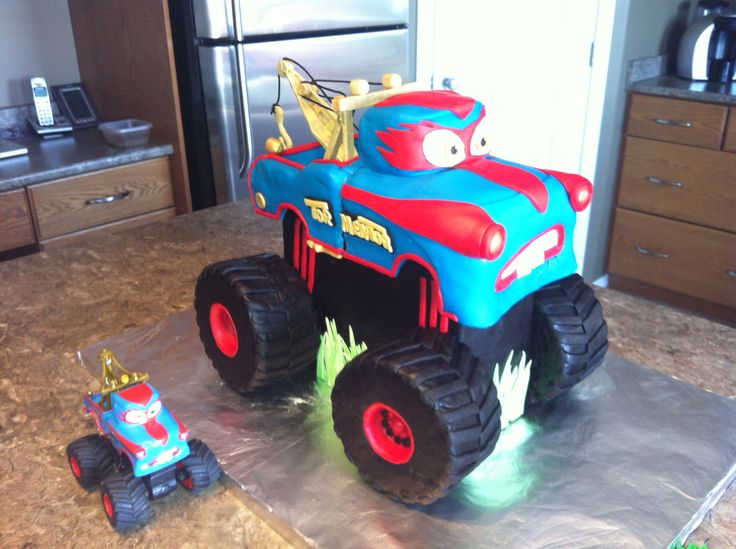
3. Find the roots of their bad behavior.
Your child may be throwing a tantrum or acting angry not because of their bad temper, but because they don’t know how to deal with their emotions yet. It’s essential to provide children an opportunity to talk things through and determine the reason for their discomfort.
How this works: When a child starts acting out, remove them from the situation. Find a quiet place where you can talk about their behavior, feelings, and actions. Explain to the child that it’s completely normal to feel different kinds of emotions, but they need to respond to them in an acceptable manner. Show to your child your love and come up with a plan for how you’ll deal with similar emotions in the future.
Example: You go shopping with your child and, at some point, they get frustrated or irritated for no obvious reason. It’s better to walk away from the place and find out what triggered the behavior. The child might be hungry, tired, or just bored but didn’t express their feelings in time.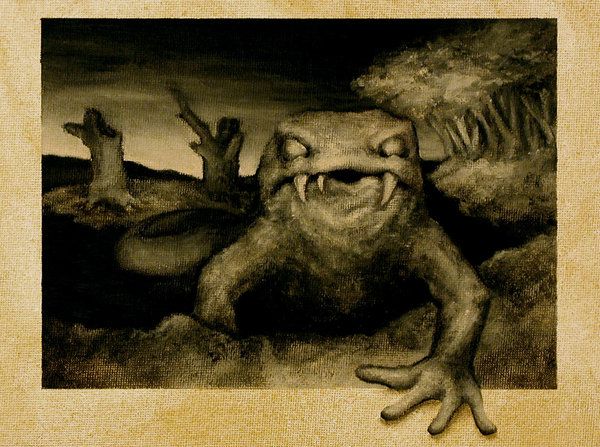
4. Don’t forget that you’re an adult and don’t indulge in childish behavior.
When you talk to your child, concentrate on staying an adult. If parents feel irritated or desperate, this means that they are no longer in the adult position or they don’t have the situation under control. Problems with the child’s behavior can “wake up” our inner child and we start to feel helpless. It makes us make bad decisions and acts inappropriately in a difficult situation.
How this works: If you feel like you start screaming or can’t control yourself in response to the child’s behavior, it’s better to take a break. Leave your child for a couple of minutes (if it’s possible), take a deep breath, and ask yourself whether you’re acting like an adult now. Try to sort out your emotions, cool down, and get back to the conversation.
Example: Your child begs for more sweets, but you know that if they eat too much they’ll become too agitated and will suffer from mood swings. So a parent in an adult position would say: “I’m sorry but I can’t let you eat any more sweets. One piece of cake is enough for the day. Otherwise, you’ll become moody and we want to spend a nice evening together playing board games, right?”
So a parent in an adult position would say: “I’m sorry but I can’t let you eat any more sweets. One piece of cake is enough for the day. Otherwise, you’ll become moody and we want to spend a nice evening together playing board games, right?”
5. Choose the punishment that corresponds to the child’s age.
Many parents want their children to act like grown-ups as soon as possible. However, you need to explain things to children on their level in order to make them listen and understand. It’s essential to find the approach that works for the children of your child’s age and modify it as they grow up.
How this works: Keep in mind that your child doesn’t have the experience and the knowledge that you do, so sometimes it can be challenging for them to make logical connections and come to the right conclusions. So the punishment should match the child’s age and their level of development. Overwise, the child won’t understand what they are being punished for.
Example: There’s no use in having an hour-long conversation with a toddler about their emotions and the consequences of their behavior. Children at this age just can’t concentrate for such a long time on one topic.
6. Don’t threaten or scare your child.
Don’t threaten your child or use corporal punishment. This can negatively influence a child’s development and cause psychological problems in the future. Besides, such behavior damages the emotional connection between the parents and the child and undermines parental authority.
How this works: The use of corporal punishment may have an immediate effect on the child’s behavior, but in the long run, it won’t teach your child how to behave properly. You need to teach your child how to deal with their emotions and show that aggression is unacceptable in any form and definitely can’t be used to resolve conflict.
Example: Your child went to the party without your permission, so you’re going to ground them for 3 months.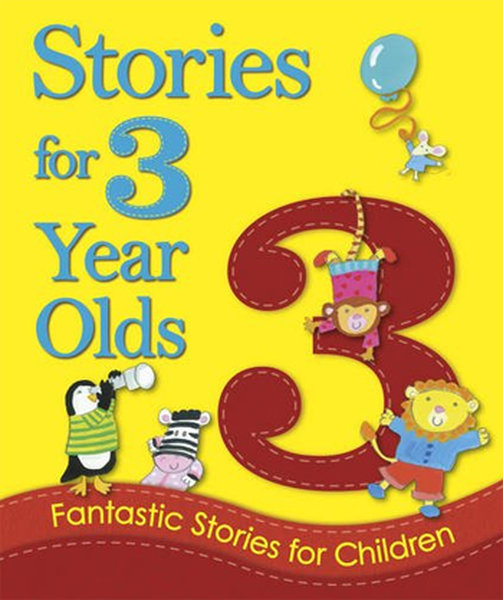 Instead of applying such harsh measures that will only turn them against you, talk about how much you love them and explain why this behavior is unacceptable. It doesn’t mean that your child can get away with everything, but the severity of the punishment shouldn’t exceed its seriousness.
Instead of applying such harsh measures that will only turn them against you, talk about how much you love them and explain why this behavior is unacceptable. It doesn’t mean that your child can get away with everything, but the severity of the punishment shouldn’t exceed its seriousness.
7. Let your child feel like their opinion matters.
Remember, that no matter how small your child is, they are separate individuals with their own needs, desires, and character. Sometimes children feel too much pressure to act a certain way or to be “perfect,” so they may start acting out to show their independence.
How this works: If you feel like sometimes you can’t come to an agreement about the simplest matters, it’s time to evaluate your child’s contribution to the decision-making process in your family. You don’t have to consider your toddler’s financial advice, but it’d be beneficial if you appreciated their opinion and don’t use the phrase “You can have your own opinion when you’re old enough.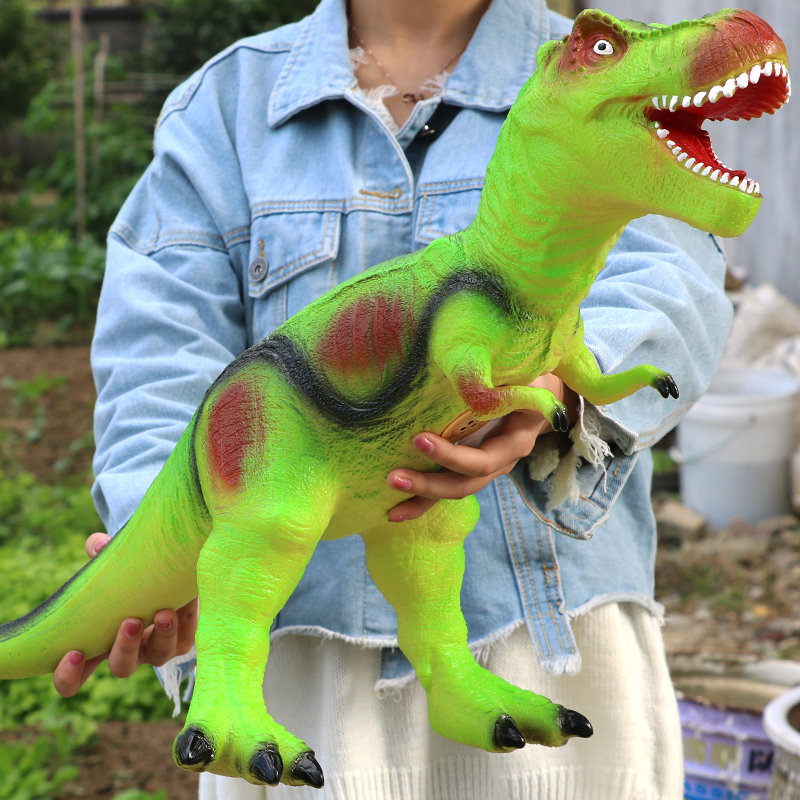 ”
”
Example: Your child has a favorite TV show that they never miss, but you were invited to a party together. Your child refuses to go and insists on staying home and watching TV. Instead of diminishing their needs and saying things like “Missing one series won’t matter. You’re going with us.”, find a compromise that meets the needs of every member of your family.
8. Be consistent with your demands and patterns of behavior.
Parents should have a stable approach and views on what’s right and what’s wrong. The child should know the rules and understand which actions are unacceptable regardless of the circumstances. Parents should keep their words and be role models for their children.
How this works: It’s important that the way parents react to the child’s bad behavior doesn’t change depending on different factors. The child should know that they’ll be punished for their unacceptable behavior and it won’t depend on their parent’s mood.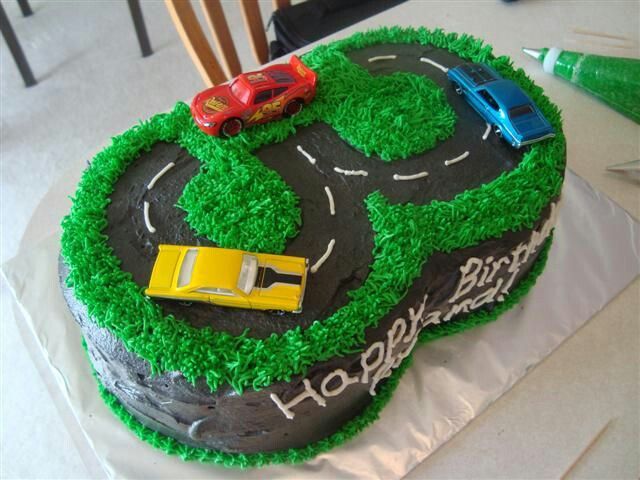 Parents should always stick to their promises and not let go of a situation just because they don’t feel like dealing with it at the moment.
Parents should always stick to their promises and not let go of a situation just because they don’t feel like dealing with it at the moment.
Example: The child watches TV for too long so the parent asks them to turn it off, but the child refuses. If the parent is in a good mood at this moment, they’re likely to let the child continue watching. If they’re in a bad mood, they can tell the child off and punish them somehow. This way the child won’t understand how they should behave because the parental reaction is always different.
9. Show your child that you’re the boss.
While your children should feel like they can turn to you for support whenever they need to, they should also understand that you’re more than their friend. You’re their parent, who has to make harsh decisions sometimes to take care of the health and the well-being of your child.
How this works: Your child should feel your authority and understand that your opinion outweighs theirs.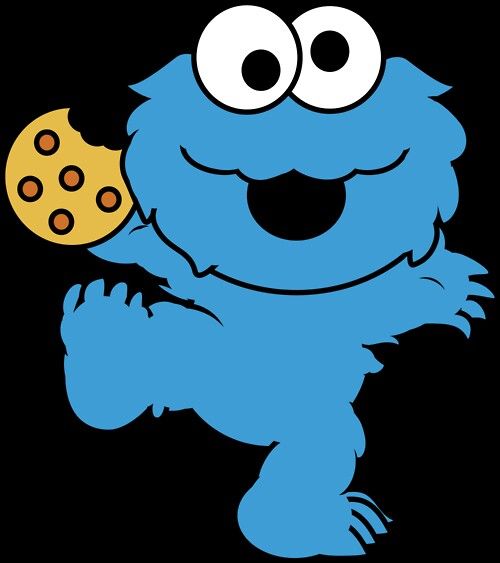 But don’t act like a bad boss: screaming at your kid and trying to persuade them that you’re in charge just because you’re a parent won’t do the trick. Children have to feel your confidence and see you as a person they can look up to, so they’ll listen to you and won’t think they can get away with bad behavior.
But don’t act like a bad boss: screaming at your kid and trying to persuade them that you’re in charge just because you’re a parent won’t do the trick. Children have to feel your confidence and see you as a person they can look up to, so they’ll listen to you and won’t think they can get away with bad behavior.
Example: Your child throws a tantrum and refuses to leave the shop until you buy them a toy. Instead of screaming at them or playing into this manipulation, keep calm and act like you have the situation under control. Let the child express their emotions and then have a talk. Let the child feel that you can say “no” to their demands if they feel unreasonable and your word will be final.
10. Teach your child how to appreciate the good things in their life.
We want to give our children as much as we possibly can, but sometimes parents notice that children just don’t appreciate the things they have and always ask for more. Overconsumption and lack of appreciation can be serious problems that influence a child’s behavior. It’s essential to teach the child how to practice gratitude from an early age.
It’s essential to teach the child how to practice gratitude from an early age.
How this works: The gratitude technique depends on the age of the child. With toddlers, it’s better to start with teaching them good manners, like saying “thank you” and “please.” Parents also can try to switch the child’s attention from owning more things to getting more experiences and positive emotions. It’s essential to explain the value of money and why we prioritize some things over others.
Example: Instead of focusing on presents during the holidays, try to create happy memories for your children that aren’t connected to gifts. Skating, playing board games, or inviting friends over doesn’t encourage your child to consume more and shows them that they can be happy without spending money.
Have you tried any of these techniques to deal with your child when they’re acting out? Or do you know any other approach that can help? Share your experience in the comments.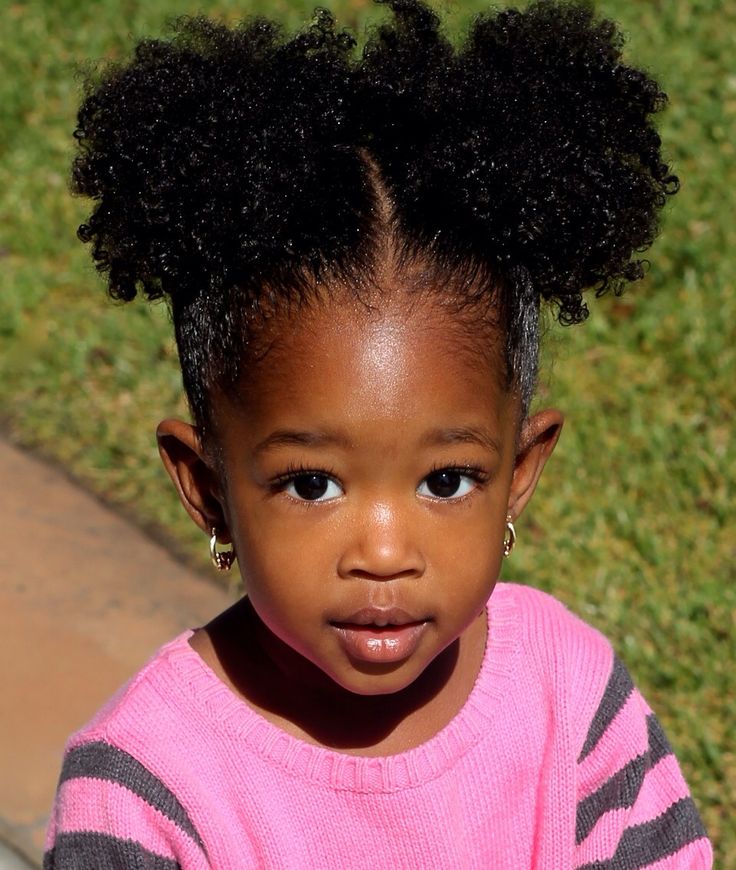
Please note: This article was updated in June 2022 to correct source material and factual inaccuracies.
Little Monsters: Child Killers in History
News 07.11.2022International Film Festival to be held in Moscow
Collection
Rebuilding
News 10/14/2022Eco-activists throw van Gogh painting in tomato soup
News 07.10.2022Nobel Peace Prize winners announced
Everyone knows the expression "children are the flowers of life", but it does not always justify itself. History knows many examples when very young girls and boys broke the law: they stole, committed minor offenses and showed cruelty. Today we recall the most famous juvenile delinquents who went down in history as cold-blooded killers.
Jesse Pomeroy
Perhaps one of the most brutal child killers is Jesse Pomeroy, nicknamed "Marble Eye". The appearance of the little maniac was specific - a cleft lip and an eyesore. Pomeroy was born in Boston in 1859.
Pomeroy was born in Boston in 1859.
The father beat the boy after stripping him naked. Jessie's aggression in adolescence was directed at younger children. At 12, he tied a boy named Payne to a crossbar and beat him until he lost consciousness. In 1872, he tortured three more children. Then the police managed to catch the teenager, he was sent to a reform school, where he stayed until 1874.
Jesse Pomeroy almost became the second Jack the Ripper
Soon after his release, a new scandal erupted: Pomeroy was accused of killing two girls. The body of one victim, Mary Curran, was found in the basement of the house where he lived with his family, another girl was found mutilated and dismembered in a suburb of Boston. Jesse was sentenced to death, but the execution was delayed due to his young age. A little later, the punishment was changed, sentencing Pomeroy to life in solitary confinement. He died at 1932 years old at the age of 72 years.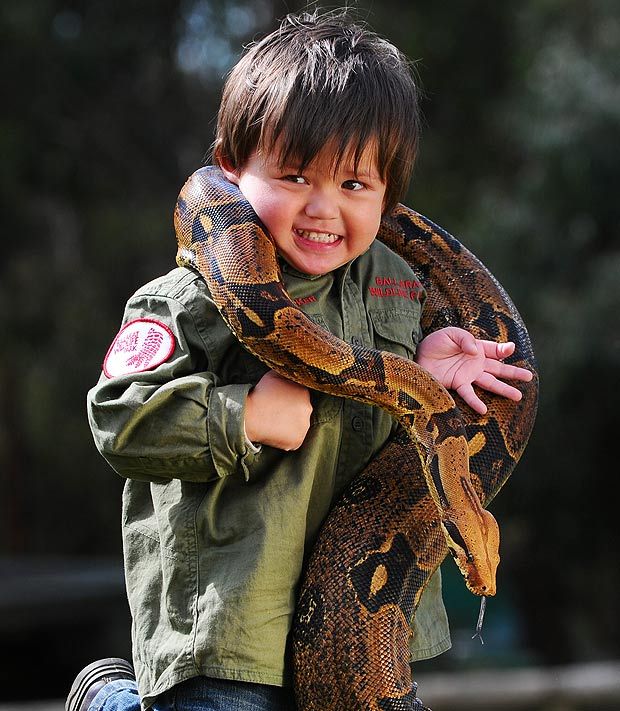
Mary Bell
Adorable little girl Mary Bell has been nicknamed "spawn of the devil" and "monster baby".
She was born in Newcastle in 1957. Mary grew up in a dysfunctional family, her father did not work, and her mother suffered from mental disorders and once tried to poison her daughter with pills. According to other sources, she offered Mary to men when she was only 4 years old. The cruel nature of the girl was revealed early: at the age of 11, she, along with a 13-year-old girlfriend, committed two murders with a break of several months. Little boys aged 3 and 4 were strangled. On the body of one of them, Mary carved her initials.
Pretty girl Mary Bell committed two murders at the age of 11
The court found her guilty of manslaughter and took into account a mitigating circumstance - doctors diagnosed Mary with a psychopathic deviation. She was released in 1980 and now lives in the UK under a new name and surname.
Arkady Neiland
The attention of the public of the Soviet Union and foreign countries was riveted to the “case of Neiland”. Neiland was born in Leningrad at 1949 in a simple family. He began to run away from home early, was registered in the children's room of the police. At the age of 12, Neiland's mother handed him over to a boarding school, from where he soon fled.
After another arrest for theft, Neiland decided on a "big deal" - robbery and murder. As he later said in court, he wanted to get money and leave for Sukhumi in order to "start a new life." On January 27, Neiland, disguised as a postal worker, entered the apartment where 37-year-old housewife Larisa Kupreeva and her three-year-old son were staying. Neiland hacked to death a woman and a child with an ax that he had previously stolen from his parents. In the apartment, he found money and a camera, with which he took several pictures of the murdered woman in obscene poses. He hoped to sell these photos later. Neyland decided to cover his tracks, turned on the gas and set fire to the wooden floor, but the firemen managed to put out the fire almost immediately. At the crime scene, he forgot the axe. On January 30, Neiland was detained in Sukhumi.
He hoped to sell these photos later. Neyland decided to cover his tracks, turned on the gas and set fire to the wooden floor, but the firemen managed to put out the fire almost immediately. At the crime scene, he forgot the axe. On January 30, Neiland was detained in Sukhumi.
The USSR court sentenced Neiland to death, although he was 15 years old
He did not deny, confessed to his deed and helped the investigation. He also suggested that “everything will be forgiven” to him as a minor. The trial of Neiland attracted attention not only in the USSR, but also abroad. The teenager was sentenced to death, despite the fact that he was only 15 years old (this measure of punishment could be applied to those who reached 18). The verdict forced the foreign press and the Soviet intelligentsia to talk about the neglect of the law and the oppression of individual freedom in the Union. 11 August 19Neiland was shot at 64.
John Venelbs and Robert Thompson
These 10-year-olds are responsible for the death of a three-year-old boy, James Patrick Bulger.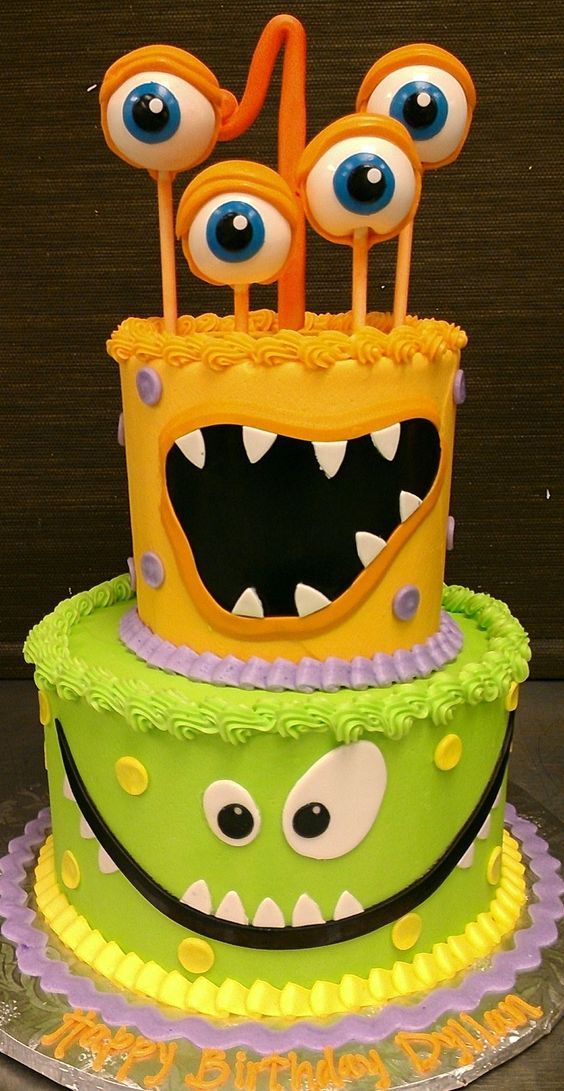 The mother left the child unattended in the supermarket, where he was noticed by Venelbs and Thompson. They took the child away, brutally beat him with an iron rod and stones. After that, the baby was smeared with paint and thrown onto the rails, hoping that they would be able to present everything as an accident. The crime was solved thanks to the recording from the surveillance camera in the supermarket.
The mother left the child unattended in the supermarket, where he was noticed by Venelbs and Thompson. They took the child away, brutally beat him with an iron rod and stones. After that, the baby was smeared with paint and thrown onto the rails, hoping that they would be able to present everything as an accident. The crime was solved thanks to the recording from the surveillance camera in the supermarket.
The trial took place in 1993, the boys were sentenced to 10 years in prison, but released early. In March 2010, Venelbs was sent to prison again for violating parole conditions. The location of the second killer, Thompson, is being kept secret by the British authorities.
Graham Young
Young was a gifted child, very early in his interest in science. Graham's mother died when he was only three months old, the boy grew up in his aunt's family until his father, who remarried, took him to him. Young was an excellent student and once received a gift from his father - a set of chemicals for experiments.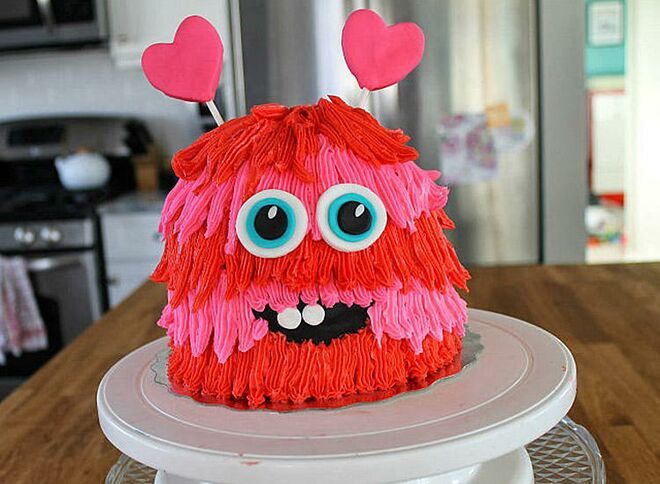 Since then, Graham has been spotted more than once doing a strange activity - he was rummaging through garbage dumps in the hope of finding ingredients for poisons. Young experimented on mice and frogs, and then on his school friend. One day his stepmother found a vial of ready-made poison in his possession and demanded to stop the dangerous experiments. Then the boy started adding antimony to her food. Soon the stepmother died, and Graham was detained on suspicion of murder.
Since then, Graham has been spotted more than once doing a strange activity - he was rummaging through garbage dumps in the hope of finding ingredients for poisons. Young experimented on mice and frogs, and then on his school friend. One day his stepmother found a vial of ready-made poison in his possession and demanded to stop the dangerous experiments. Then the boy started adding antimony to her food. Soon the stepmother died, and Graham was detained on suspicion of murder.
It was not possible to prove anything - the woman's body was cremated, it was not possible to conduct an examination. Young continued his experiments, adding poison to the food of his father and classmate. Soon the relatives began to suspect the boy. The police again detained Graham, who did not unlock for a long time and began to brag about his knowledge and crimes. At the trial, he stated that he was aware that he was doing "not very well", but he could not stop. Young was declared insane and sent for treatment to a psychiatric hospital, where he could secretly do what he loved - making poisons.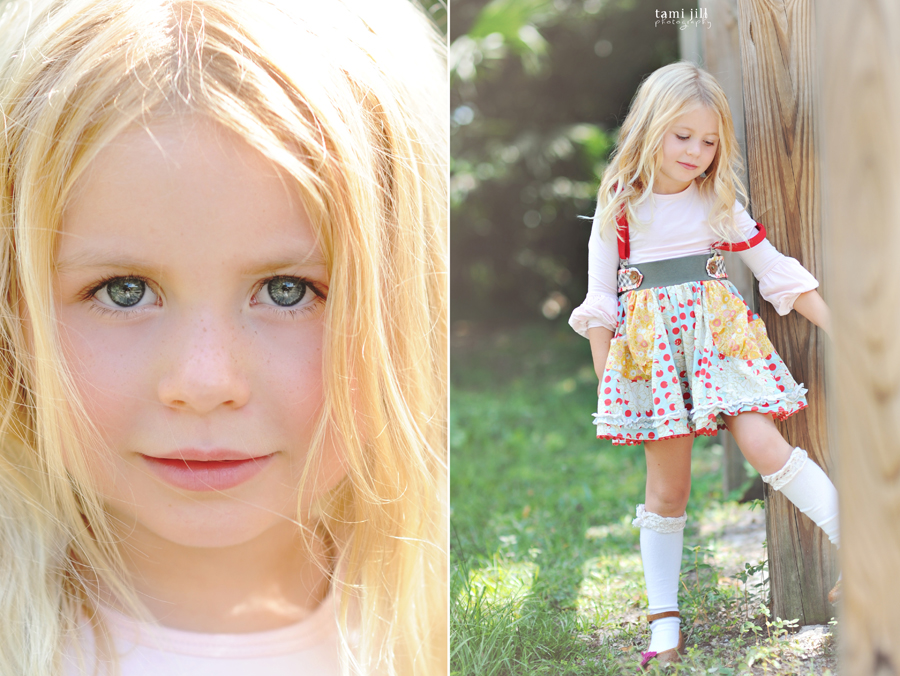
Graham Young poisoned his stepmother, aunt, father and school friend
According to some evidence, he could synthesize poison from a bay leaf. Soon, one of the hospital patients died of potassium cyanide poisoning, but Yang was not suspected. True, after that several cases of serious poisoning among patients and staff were recorded. Young left the clinic at 23. He got a job several times, where he continued his experiments - adding various poisons to the food and drinks of colleagues and bosses. The police arrested Young, he was charged with two murders and sentenced to life in prison. At 19In 72, at the age of 25, he began to serve his term. Young died in 1990 at Parkhurst Prison on the Isle of Wight.
Collection: Perestroika
Changes in the political and economic structure of the Soviet Union in 1987-1991 were aimed at comprehensive democratization.
- Articles
- Europe
- XX-XXI centuries
The only President of the USSR Mikhail Gorbachev
The only President of the USSR Mikhail Gorbachev
March 2, 1931 was born Mikhail Gorbachev - the last general secretary of the Central Committee of the CPSU, the only president of the USSR.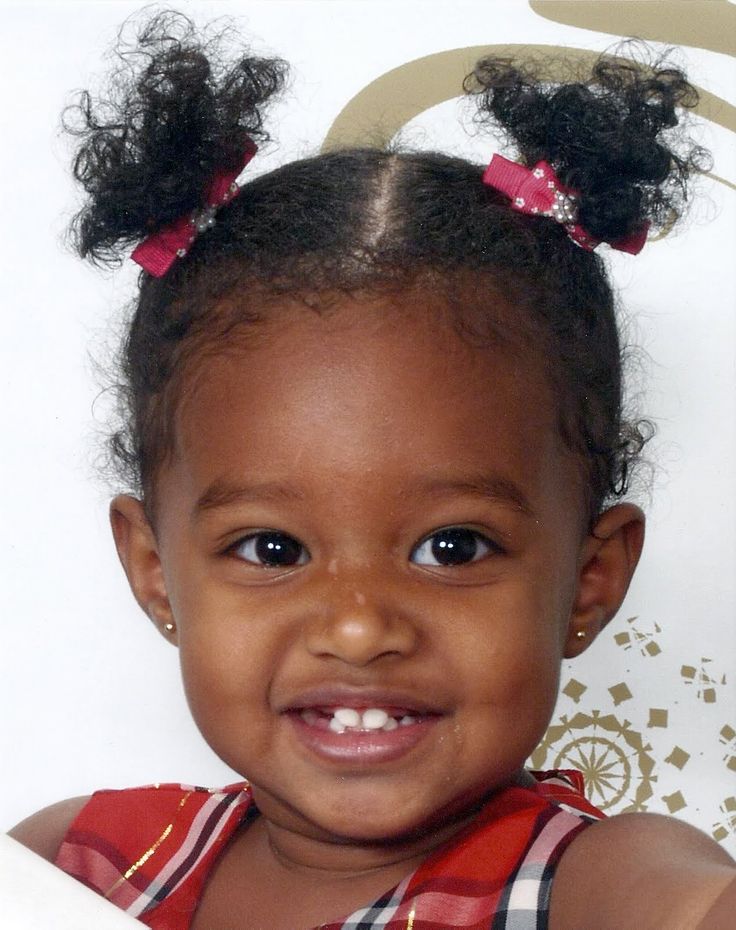
- Tests
- Europe
- 20th century
Perestroika
Perestroika
What kind of career would you like?
- Articles
- Europe
- 20th century
The last day of the Soviet Union
The last day of the Soviet Union
When Mikhail Gorbachev announced his resignation, the inhabitants of the USSR were already preparing for the New Year with might and main.
- Articles
- Europe
- 20th century
"Our hearts demand change"
"Our hearts demand change"
Concerts of rock bands, forbidden literature, films of an anti-Soviet character - all this is the culture of perestroika that burst into the lives of citizens of the USSR after the stagnation.
- Articles
- Europe
- 20th century
Perestroika: Scenario for the Transformation of the USSR
Perestroika: a scenario for the transformation of the USSR
Mikhail Gorbachev, who in 1985 took the post of General Secretary of the Central Committee of the CPSU, immediately announced the need for "everyone to rebuild.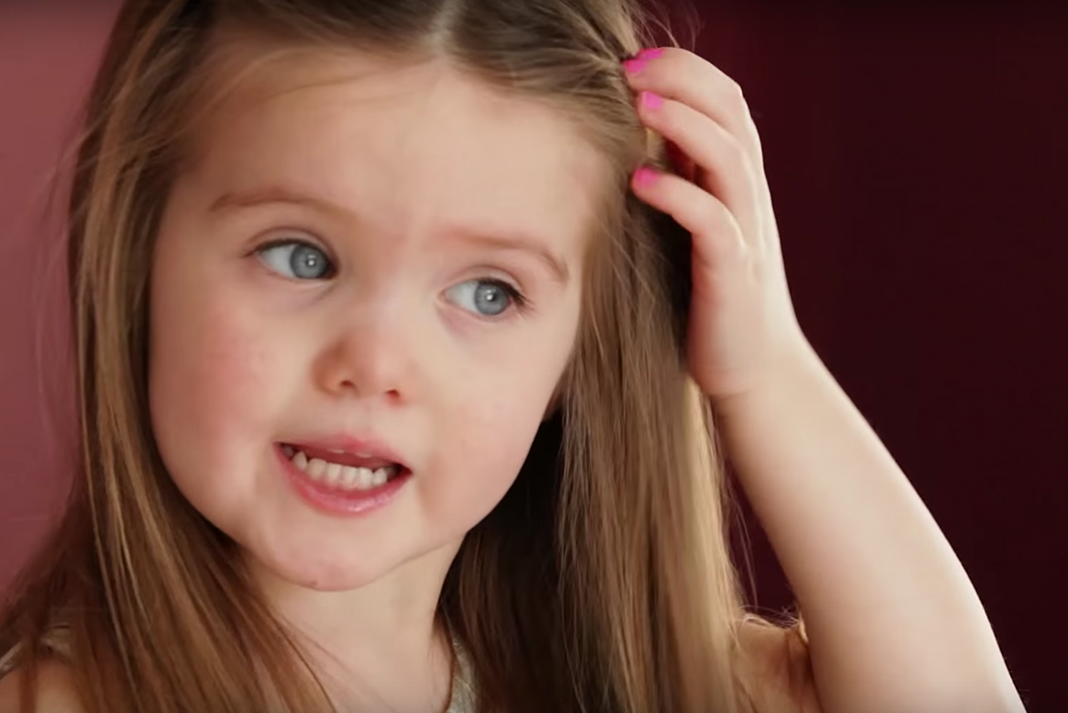 "
"
- Articles
- Europe
- XX-XXI centuries
The only President of the USSR Mikhail Gorbachev
March 2, 1931 Mikhail Gorbachev was born - the last General Secretary of the CPSU Central Committee, the only President of the USSR.
- Tests
- Europe
- XX century
Perestroika
What career would you build?
- Article
- Europe
- XX century
The last day of the Soviet Union
When Mikhail Gorbachev announced his resignation, the inhabitants of the USSR were already preparing for the New Year with might and main.
- Articles
- Europe
- 20th century
“Our Hearts Demand Changes”
Rock band concerts, banned literature, films of an anti-Soviet nature - all this is the culture of perestroika that burst into the lives of citizens of the USSR after the stagnation.
- Articles
- Europe
- XX century
Perestroika: a scenario for the transformation of the USSR
Mikhail Gorbachev, who in 1985 assumed the post of General Secretary of the Central Committee of the CPSU, immediately announced the need for "everyone to rebuild.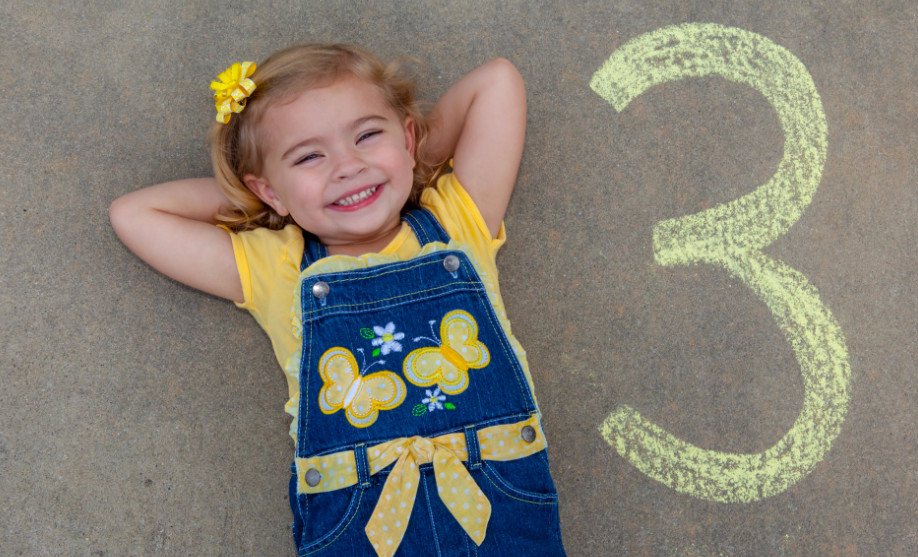 "
"
Recommended for you
Top materials
- week
- Month
- Tests
- Europe
- 17th century
The Three Musketeers
- Articles
- Asia
- 20th century
Turkestan legion of the Wehrmacht
- Articles
- Europe
- 18th century
From burdal to retreat
- Articles
- Europe
- 20th century
Nikolai Khokhlov: traitor scout, pardoned by Yeltsin
- Articles
- Europe
- 20th century
Escape from the USSR: through India and Nepal - to freedom!
- Articles
- Europe
- 20th century
German reparations: how much did the Germans pay the Soviet Union
- Articles
- Europe
- 11th century
Anna Yaroslavna lived in France not only with the king
- Articles
- Europe
- 20th century
What did Pavlik Morozov do?
- Articles
- Europe
- 19th century
The fate of Natalia Goncharova
- Articles
- Europe
- XVIII-XIX centuries
Paul I - not the king's son?
- Articles
- XX-XXI centuries
Sex Symbols 1950-1960s
- Articles
- Europe
- 20th century
"Molotov Cocktail"
- Articles
- Europe
- 4th-5th centuries
Femme Fatale of the Roman Empire
- Articles
- Europe
- 20th century
Izmaylovskaya OPG. Under the wing of special services
Under the wing of special services
- Articles
- America
- XXI Century
How a simple painter set up the most expensive arson in history
- Tests
- Europe
- 17th century
The Three Musketeers
- Articles
- America
- 20th century
Ted Bundy - charismatic maniac (18+)
- Articles
- Europe
- 19th century
Hadji Murad: "ghostly" mountain leader
- Articles
- Europe
- XVIII-XIX centuries
Maria Valevskaya, who gave Bonaparte male happiness
- Articles
- Europe
- 18th century
Execution of Emelyan Pugachev
- week
- Month
- 📚 Tests
- 👀 215348
- 📚 Articles
- 👀 175222
- 📚 Articles
- 👀 171198
- 📚 Articles
- 👀 158994
- 📚 Articles
- 👀 150506
- 📚 Articles
- 👀 149756
- 📚 Articles
- 👀 143818
- 📚 Articles
- 👀 138258
- 📚 Articles
- 👀 114804
- 📚 Articles
- 👀 97083
- 📚 Articles
- 👀 284958
- 📚 Articles
- 👀 231800
- 📚 Articles
- 👀 227784
- 📚 Articles
- 👀 225042
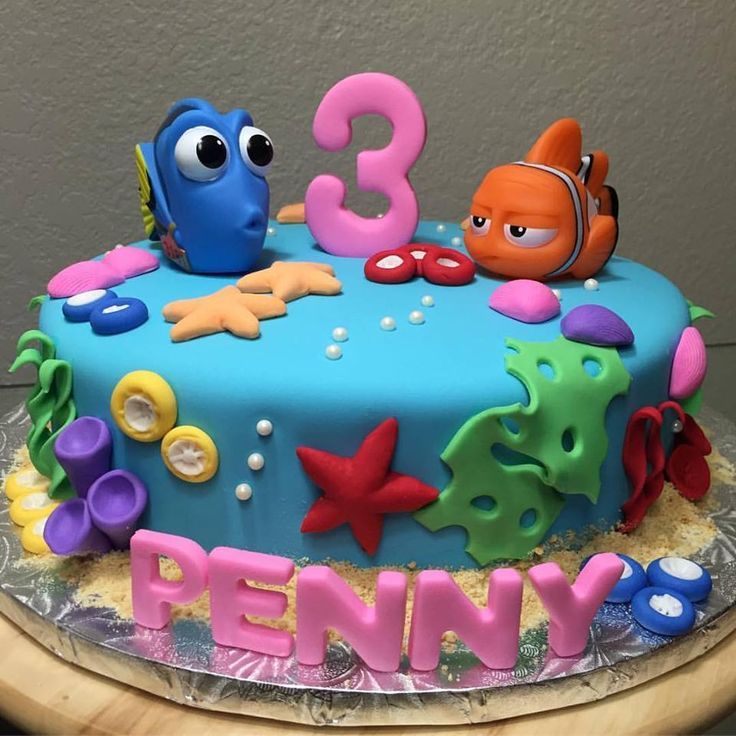 Under the wing of the secret services
Under the wing of the secret services - 📚 Articles
- 👀 219427
- 📚 Tests
- 👀 215348
- 📚 Articles
- 👀 211588
- 📚 Articles
- 👀 200017
- 📚 Articles
- 👀 192910
- 📚 Articles
- 👀 186428
What to do and how to behave when your child is a monster - Moscow 07/24/2019
he is angry and terribly nervous. What to do when your beautiful child turns into a monster, Anna Kudryavskaya-Panina, a journalist and mother of four, argues in her column.
Photo: depositphotos/kokcoden.list.ru
I stand and watch my two-year-old daughter hysterically throw herself on the asphalt, kick her legs and sob to exhaustion, because in the big world something has gone wrong again, because this something came into dissonance with her little world.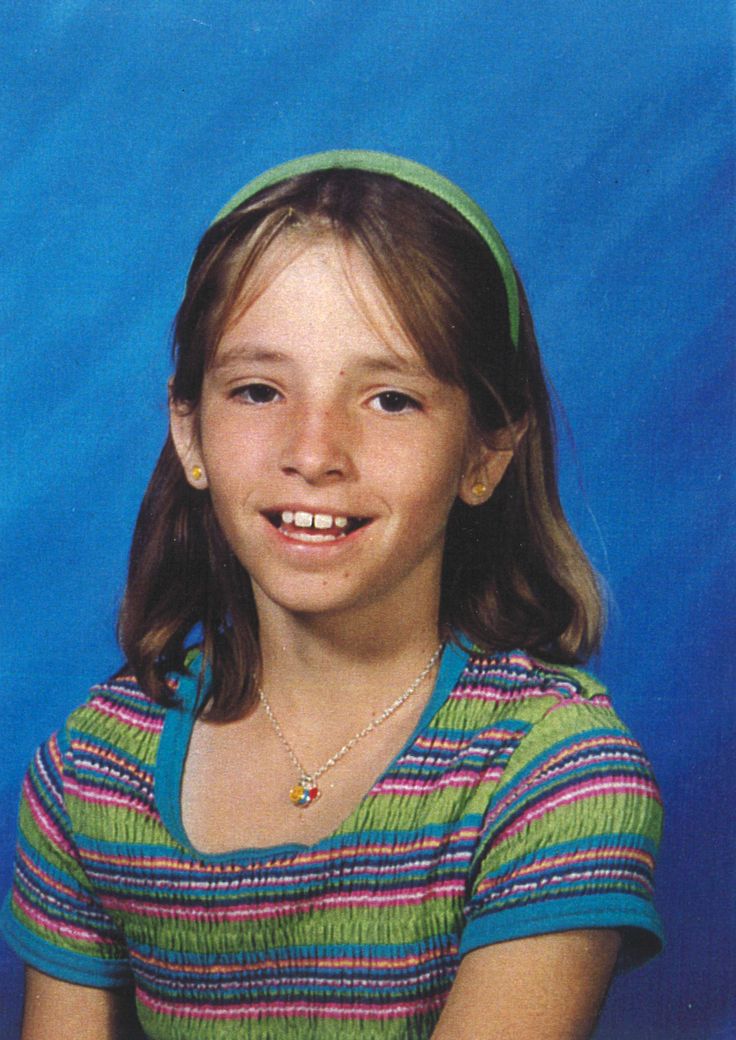 No matter what. I have to go home, but I want to take a walk. I want to go to attractions, but they are for those over three. Someone else's bike is so cool, but the owner won't let you ride it. Lots of options. Reactions too. But sometimes it happens like this. Desperately sharp and bitter.
No matter what. I have to go home, but I want to take a walk. I want to go to attractions, but they are for those over three. Someone else's bike is so cool, but the owner won't let you ride it. Lots of options. Reactions too. But sometimes it happens like this. Desperately sharp and bitter.
From the outside it certainly looks terrible. Words do not work at such moments. Nothing works. Little screaming monster wakes up my inner monster. I feel sorry for her, I feel sorry for myself, I feel sorry for the youngest daughter, who is forced to sleep in a carriage under these heart-rending cries and is about to wake up. Everything boils in me. I myself want to yell, grab, pull, stop it all. I breathe and repeat to myself like a mantra: "A child behaves well when he can; a child behaves well when he can." I take it in my arms - my daughter wriggles, breaks out, screams until she is hoarse. I tell her: "I love you, I'm very sorry that this happened, you have the right to be upset and cry, I love you and I'm sorry, but sometimes (remember how in the fairy tale about the raccoon mother tells him?) we have to do the wrong what you want. " It doesn't matter what she understands and hears at the moment. It is important that I say this. That she can feel my hands, my breath, the sympathy in my voice.
" It doesn't matter what she understands and hears at the moment. It is important that I say this. That she can feel my hands, my breath, the sympathy in my voice.
The monster disappears.
One mom on the Internet: "If you cope with the monster inside of you, which wakes up at the sight of "pranks" of little monsters, you can cope with everything. These are general words, but in fact, when I calm down, I always try to offer something more interesting, than something that terrifies."
Only the parents of little monsters know that it is worth not releasing your inner monster. This is indeed the most difficult task. There is no problem to be understanding and loving when your child is a good boy. There is no problem to be understanding and loving when everything goes according to plan, when you are not exhausted, not upset, not annoyed. But it is precisely in these moments of explosions, outrageous behavior, outrageous (from our adult point of view) performance that the child needs a loving, understanding and accepting parent just more than usual.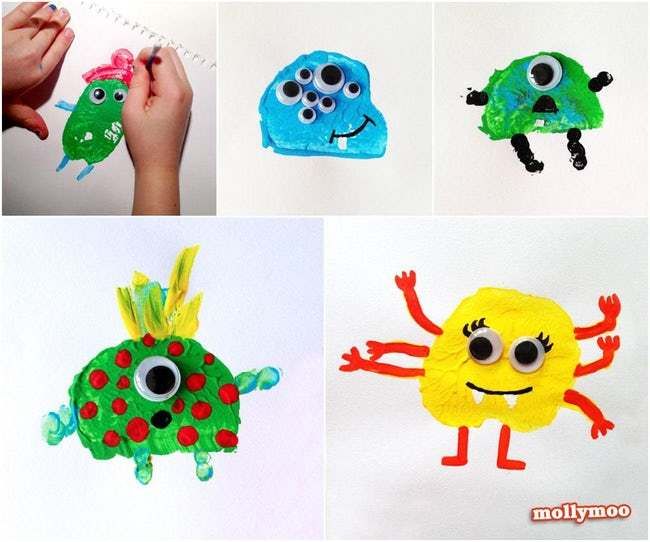
While this sounds great in theory, it is incredibly difficult in practice.
One mother on the Internet: "My daughter, at the age of three, organized protest marches in stores with laying in a white down jacket on the floor in dirty slurry, every trip to the store for bread ended with this (there was no one to leave the house with, we had to go to the store together The words of Lyudmila Petranovskaya helped, that at the moment of hysteria the child is worse than the parent, thanks to this she controlled herself and repelled the attempts of passers-by to shame her daughter.
One mother on the Internet: "But for this, an internal decision/permission is needed (do not shame, do not scold the child, drive away crazy passers-by and contain children's feelings)".
Photo: depositphotos/haurashkoksu
At some point, we all begin to wonder: how, how, tell me, this happened, why this tiny curly-haired (or bald) bright-eyed angel turned into a monster, an infernal beast, from whose antics everyone groans adults in the family? And what should we all do about it now? How to remain a loving parent and not go crazy? How to act tactically and strategically? How to comfort yourself? How to survive it?
Read the answer to this and other questions in our magazine "No way"
One mom on the Internet
Well, yes, you just have to go through it.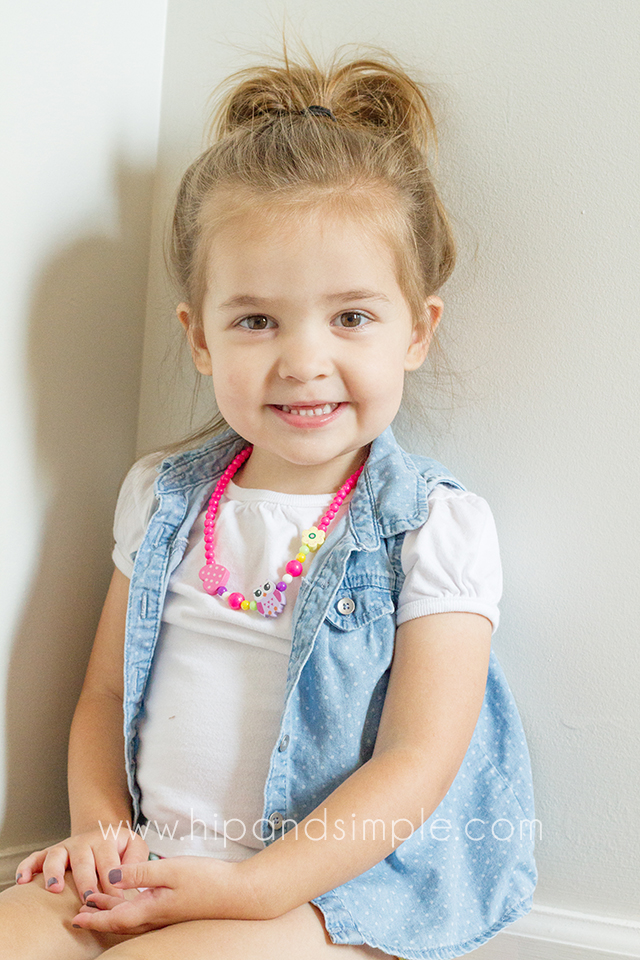 But it often seems to parents that it will always be like this, that something is wrong with their children, that this is abnormal behavior, wrong, that something needs to be done, saved, treated, educated. We pity the children and at the same time we are angry with them. Not all parents can withstand the explosion of their child's emotions, many explode on their own. Our inner monster wakes up from our impotence: we really do not know what to do at such moments, we just want to stop it immediately.
But it often seems to parents that it will always be like this, that something is wrong with their children, that this is abnormal behavior, wrong, that something needs to be done, saved, treated, educated. We pity the children and at the same time we are angry with them. Not all parents can withstand the explosion of their child's emotions, many explode on their own. Our inner monster wakes up from our impotence: we really do not know what to do at such moments, we just want to stop it immediately.
Now think: if it's SO difficult for us to control ourselves, then what is it like for a child who is not yet able to control his emotions like an adult.
Professor of Psychology at Harvard Medical School Psychiatry Dr. Ross Green writes in his book The Explosive Child: "Explosion (an outburst), like any other form of maladaptive behavior, occurs when the demands placed on a person exceed his ability to adequately respond to them. ".
A lot of things seem to us from our adult position.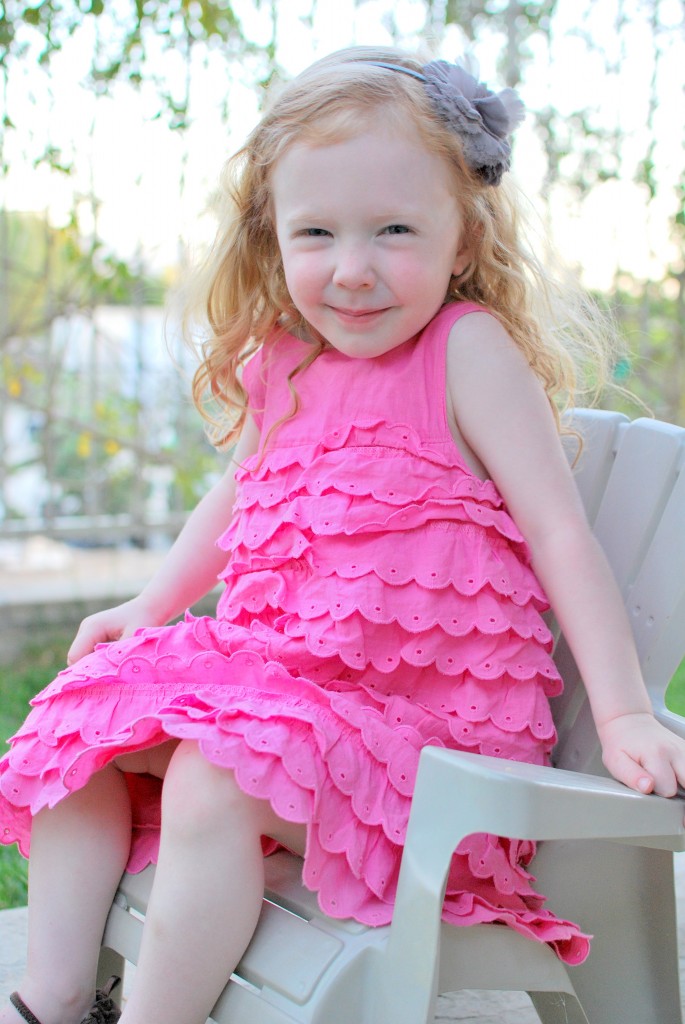 But our children see it differently. And they behave well when they can. This is also a phrase from Green's book, which I highly recommend to all confused and desperate parents.
But our children see it differently. And they behave well when they can. This is also a phrase from Green's book, which I highly recommend to all confused and desperate parents.
One mother on the Internet: "Over time, Zen came and let go. The walls in the house and furniture are all painted. The handles on the doors are all broken off. In the yard, the gates are all knocked out, the lantern is broken, the toys are all dismantled and broken, the floor is torn, painted , sealed with adhesive tape. I practically stopped buying expensive toys, only for birthdays and the New Year. We don’t do repairs at home either, they beat them up. They still fight among themselves all the time. They spit at each other, the elder refuses to sit next to the younger ones. They came to the hospital, and it started : the elder yells, the younger ones specially sit next to me. What am I doing? I pretend that they are not with me. "
One mother on the Internet: "By the way, a good recipe is to remember your childhood.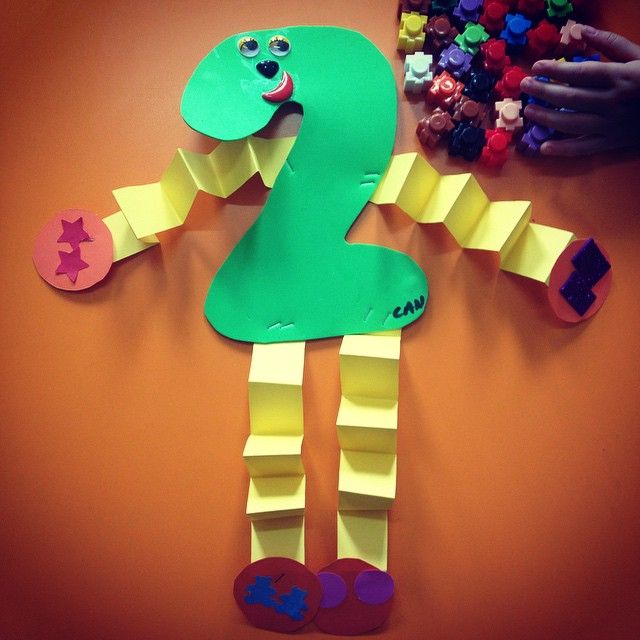 My sister swam in village puddles right in the middle of the road (it's a pity then cameras were not so common). It was an epic sight! I remember when I was five years old my grandmother went into hysterics because she wanted to sleep in the fresh air at night on a cot. And once more she cried at night. They ask why?
My sister swam in village puddles right in the middle of the road (it's a pity then cameras were not so common). It was an epic sight! I remember when I was five years old my grandmother went into hysterics because she wanted to sleep in the fresh air at night on a cot. And once more she cried at night. They ask why?
Remembering yourself in childhood, adolescence and youth is generally an excellent recipe for relatively calm parenthood, unless, of course, you remember only moments of your incredibly positive behavior and angelic obedience.
My colleague recalls with horror his own childhood antics at the age of six or eight years: throwing leftover food over the head of the bed; wipe brushes with paint on the curtains after painting the wallpaper and yourself; paint eyes and lips in expensive and beautiful editions of children's books, it's scary to be rude, fight with your older brother, bite, hysteria and do everything the other way around.
Her mother, who was a connoisseur of various parental tricks, at some point despaired, because everything that helped to find a common language with her son and other children, with her daughter, did not work at all: "One single visit to a specialist helped.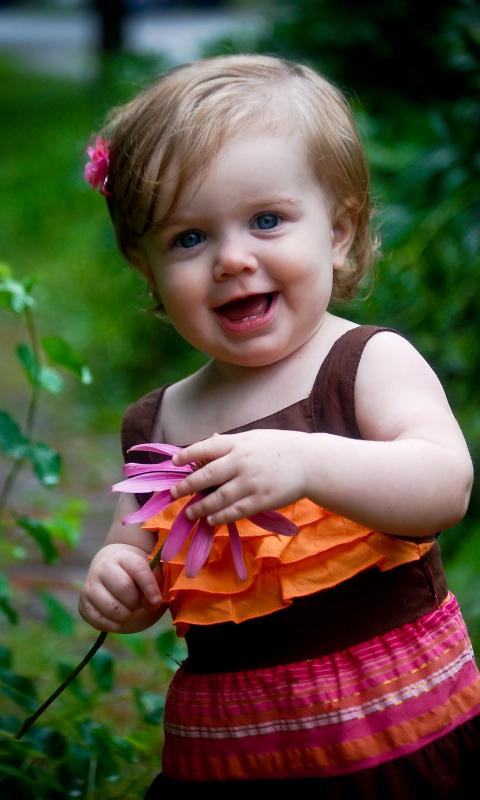 It's just that my mother, after a year and a half of living in this nightmare, could not stand it - she took me to a school psychologist. He told my mother that in this way I express my emotions, and I do it in relation to her simply because I love her more than anyone. Mom still she recalls how she almost turned gray when he told her: "If you have such a relationship for life, you will be the happiest mother." Well, for some unknown reason, everything settled down with us from that trip.
It's just that my mother, after a year and a half of living in this nightmare, could not stand it - she took me to a school psychologist. He told my mother that in this way I express my emotions, and I do it in relation to her simply because I love her more than anyone. Mom still she recalls how she almost turned gray when he told her: "If you have such a relationship for life, you will be the happiest mother." Well, for some unknown reason, everything settled down with us from that trip.
I don't know if this should console us all, but my colleague now - in adulthood - really has the warmest relationship with her mother.
Photo: depositphotos/SIphotography
Indeed, it is very important for us parents to understand that children carry the strongest emotions to the most significant adults in their lives. That is why the most terrible tantrums and the wildest antics go to moms and dads.
All this, of course, is good for understanding the causes and the very processes that happen to our children.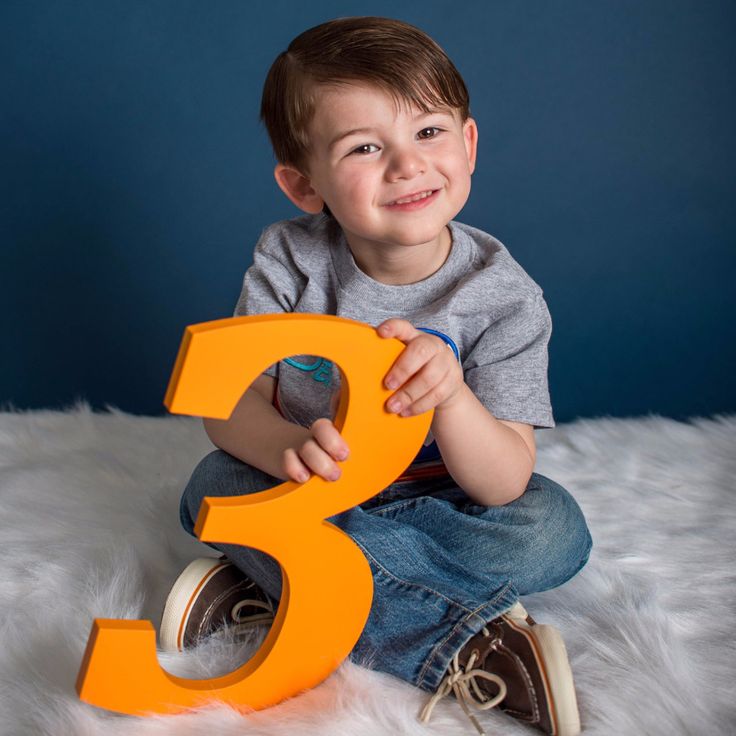 They really don't know why they do it. They really can't stop. How to understand a child, how to help a child, psychologists write, and an attentive parent will study and apply this knowledge in practice. But what do we do with ourselves at times when such behavior upsets and angers us? Unless, of course, you don’t think about the panacea in the form of a “vintage” that will be prescribed to you on any parent forum.
They really don't know why they do it. They really can't stop. How to understand a child, how to help a child, psychologists write, and an attentive parent will study and apply this knowledge in practice. But what do we do with ourselves at times when such behavior upsets and angers us? Unless, of course, you don’t think about the panacea in the form of a “vintage” that will be prescribed to you on any parent forum.
One mom on the internet: "At the recommendation of a psychiatrist, I take an antidepressant and an anti-anxiety drug. During a tantrum, I first try to figure out what happened to help a little, either I just hug and say something like "it happens", or I give him time to howl, if you don't know what's going on."
One mother on the Internet: "If children threaten to harm someone else or do something, I drag them away with an iron fist. If it's just tantrums and scandals, I pretend to be rags. They quarrel on their own, make peace on their own, calm down on their own.